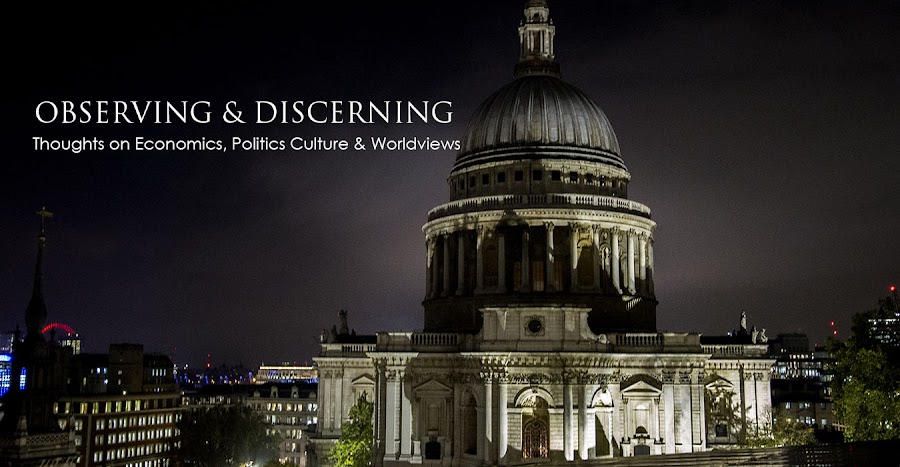In the evening, Sky Arts broadcast Tim Marlow’s interview
with the artist; it was the perfect complement to our expedition. I noticed that more often than not, Damien
tended to respond to many of the questions posed to him with, ‘I don’t
know....’ which we found both funny and endearing. He came across as a quite plain-speaking
chap; no deep philosophical theories of contemporary art or political
protestations or social commentary. Instead he says, ‘life and death are the
biggest polar opposites there are. I
like love and I like hate…I like all those opposites. On and off.
Happy and sad.’
He appears to be an artist of action: an idea occurs to him
and despite its possible technical difficulties, he goes ahead and does it
anyway. This called to mind the ideas of
Martin Heidegger and the man with the hammer.
In Damien Hirst’s case, a man with surgical saws, embalming liquids
and a hanger-sized studio. And it also brought to mind for me the
comments of the film director Lars von Trier who said that in the process of
making a movie, he begins by deciding what he’d like the viewer to feel; he then builds the scene, music, lighting,
character and action around that objective He’s deeply
interested in what the viewer is seeing and feeling in every frame.
When Hirst was asked what he hoped for in terms of the
reactions of the observers of his work, he said that his only goal was that the
works of art were remembered the day after they were viewed. Not whether we liked them or not; not whether
we are moved by them emotionally or stimulated by them intellectually or repulsed. But that we just
remember them. And if that's his primary goal, Hirst has succeeded in a big way - even the
rooms full of pharmaceutical shelves which to our eyes could have come straight
out of Boots. Still, we’ll remember then
because we saw them right after the bodiless head of a cow and live butterflies
living on canvases.
There was one room which had a trio of what from the
entrance looked to be stained glass windows.
When you get closer you realise that they’re made up entirely of
butterflies. Thousands of real
butterflies. They’re amazing and I’ll
whisper this: they’re beautiful.
There’s a great deal of death in Damien Hirst’s work, but it isn’t
depressing in the least. In 2005, he
said: 'There are four important things in life: religion, love, art and
science. At their best, they’re all just
tools to help you find a path through the darkness. None of them really work that well, but they
help. Of them all, science seems to be
the one right now. Like religion, it
provides the glimmer of hope that maybe it will be all right in the end…’
When people comment on contemporary art I often hear them
say, ‘I could have done that.’ Well keep in mind that you didn't, couldn’t have and probably never would. Did I like Damien’s work? Some of it yes, much of it no. But it was certainly memorable, from the
walls of diamonds to the mosaics of butterfly wings to the reservoir of cigarette butts.



.jpg)


No comments:
Post a Comment